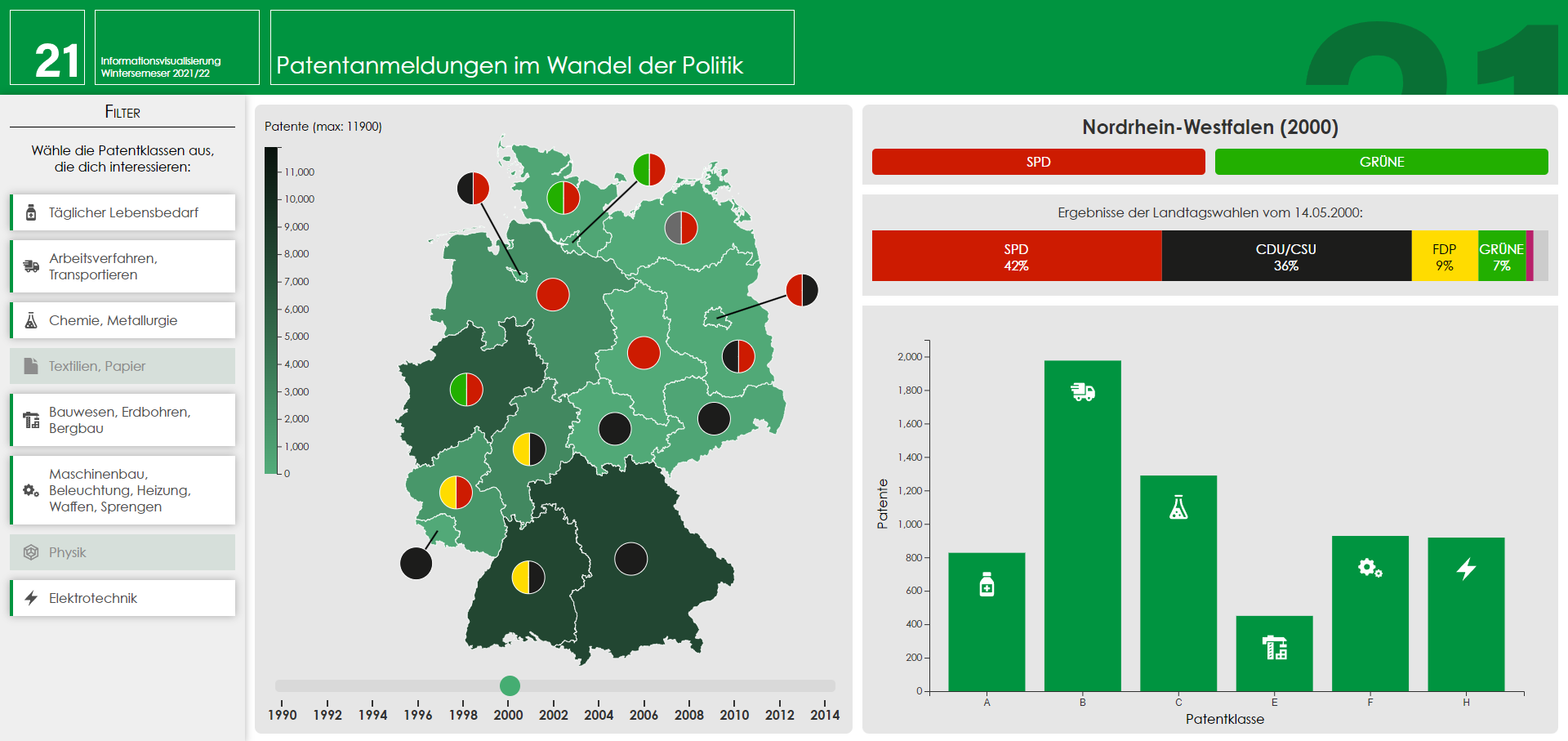SchönDassDuDavid

Hi, I'm David 👋
I recently completed my Master's degree in Media Informatics, a multidisciplinary field combining computer science, design, and user interaction. My passion lies in developing innovative, user-friendly software and hardware prototypes. I have experience in web development (front- and backend), mobile development, developing desktop applications, hardware prototyping, and design.
In my recent jobs, I worked as a Software Developer with a focus on web and mobile development with various frameworks.
This website is a showcase of my recent academic projects. Feel free to explore and get in touch if you have any questions, feedback, or want to work with me:
In my recent jobs, I worked as a Software Developer with a focus on web and mobile development with various frameworks.
This website is a showcase of my recent academic projects. Feel free to explore and get in touch if you have any questions, feedback, or want to work with me:

PrivacyHub
Master's Thesis
Over the last few years, the usage of smart home systems has grown continuously, enhancing convenience and comfort in many households.
However, recent research shows that smart devices bear the risk of exposing intimate data of the residents and most users are not equipped with the necessary knowledge or tools to monitor and manage privacy settings of their devices.
To address this issue, I developed PrivacyHub, a privacy-centered hub that allows users to switch between three different privacy modes: Local, Online, and Online-Shared. The Hub is designed to support commercial smart devices that implement the Matter standard. For a detailed explanation and evaluation of the system, please refer to my master's thesis: Development and Evaluation of a Smart Home Privacy Hub.
To address this issue, I developed PrivacyHub, a privacy-centered hub that allows users to switch between three different privacy modes: Local, Online, and Online-Shared. The Hub is designed to support commercial smart devices that implement the Matter standard. For a detailed explanation and evaluation of the system, please refer to my master's thesis: Development and Evaluation of a Smart Home Privacy Hub.
ConnectivityControl
Demo for "22nd International Conference on Mobile and Ubiquitous Multimedia" (MUM ’23)
ConnectivityControl originally started as a 16-people-project for a practical web development course, after which four of us got the chance to enhance and demonstrate it at the 22nd International Conference on Mobile and Ubiquitous Multimedia (MUM ’23).
The framework allows the users to set the connectivity level (Offline, Access Point, Local Network, or Online) of two devices that were built during this project as a proof of concept. The system also includes a local and an online web interface to control the devices.
The publication can be found here: ConnectivityControl: A Model Ecosystem for Advanced Smart Home Privacy
The framework allows the users to set the connectivity level (Offline, Access Point, Local Network, or Online) of two devices that were built during this project as a proof of concept. The system also includes a local and an online web interface to control the devices.
The publication can be found here: ConnectivityControl: A Model Ecosystem for Advanced Smart Home Privacy
Reinforcement Learning in Unity
Practical Course
In this practical course about machine learning and its application in the game engine Unity, the goal was to develop a small game and to train the AI players in one week.
Since the theme was environmental damage, our group of four students came up with a game where whale catchers try to catch as many whales as possible, while police boats try to prevent them from doing so.
Our main goals were creating satisfying, physics-based controls for the boats and of course training the AI players to act as a challenging opponents. Said controls were used by the AI players as well, which made the training process quite interesting.
The results can be seen in the video.
Since the theme was environmental damage, our group of four students came up with a game where whale catchers try to catch as many whales as possible, while police boats try to prevent them from doing so.
Our main goals were creating satisfying, physics-based controls for the boats and of course training the AI players to act as a challenging opponents. Said controls were used by the AI players as well, which made the training process quite interesting.
The results can be seen in the video.
BBAlexa (Alexa on Wheels)
Practical Course
The goal of this practical course was to teach the basics of electronics, circuit design, microcontroller programming, and physical prototyping.
We applied the acquired knowledge to build a spherical, drivable robot with alexa integration, which we named BBAlexa.
This project was a gateway to the world of physical prototyping and electronics for me and marked the beginning of my passion for hardware development. It was also the first time I worked with a 3D printer, which motivated me to buy one myself and to start designing and printing my own projects.
We applied the acquired knowledge to build a spherical, drivable robot with alexa integration, which we named BBAlexa.
This project was a gateway to the world of physical prototyping and electronics for me and marked the beginning of my passion for hardware development. It was also the first time I worked with a 3D printer, which motivated me to buy one myself and to start designing and printing my own projects.

VR Project in Unity
Practical Course
In this practical course, the focus was on developing a VR experience in Unity. In addition to that, we were tasked to integrate multiplayer and implement some controls via an EMG sensor, which measures muscle activity. The time frame for this project was one week.
Our group of four students decided to create a VR puzzle game inspired by the popular game Portal. Two players have to escape rooms by solving puzzles together. The catch is that the players move around by teleporting the other player, which makes communication and coordination key to success. The EMG sensor was used to control the teleportation.
During this project, I learned a lot about VR development, multiplayer synchronization, and how to integrate hardware into a Unity project.
Our group of four students decided to create a VR puzzle game inspired by the popular game Portal. Two players have to escape rooms by solving puzzles together. The catch is that the players move around by teleporting the other player, which makes communication and coordination key to success. The EMG sensor was used to control the teleportation.
During this project, I learned a lot about VR development, multiplayer synchronization, and how to integrate hardware into a Unity project.
Information Visualization
Lecture Project
This lecture was about visualizing big data in an intuitive way. The goal of the final project was to create an interactive, single-page visualization of a huge dataset using D3.js. We were tasked to combine german patent application data including location and time from 1990 to 2014 with another dataset of our choice. Our group of three students decided to combine the patent data with the election results of german federal states.
You can find our result here: Information Visualization
You can find our result here: Information Visualization


